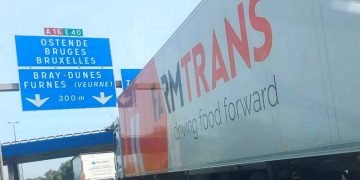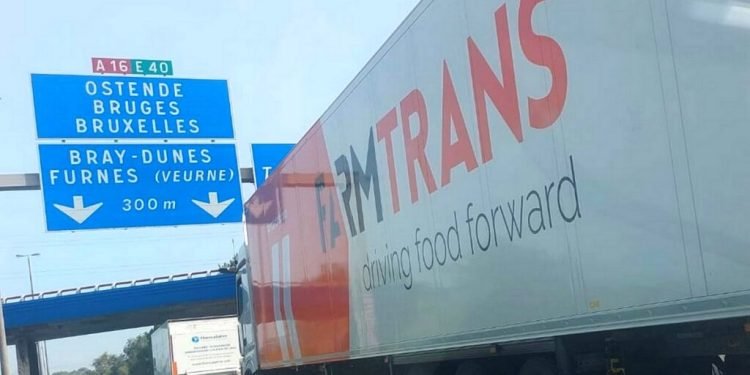Despite a notable slowdown in demand across the European logistics sector, truck freight rates have continued to rise, defying typical market expectations. The upward trend in trucking costs has puzzled many in the industry, given that a dip in demand usually leads to rate reductions. However, a combination of factors, including rising fuel costs, driver shortages, and inflationary pressures, has contributed to this counterintuitive situation.
According to recent data, the volume of goods moving across Europe by road has decreased as the region grapples with slower economic growth, inflation, and post-pandemic supply chain adjustments. Yet, trucking companies have been forced to raise rates to cope with increased operational costs. The price of fuel, a key driver of transportation costs, remains high despite some stabilization, and inflation continues to affect maintenance expenses and wages.
Driver shortages are another critical factor keeping trucking rates elevated. Europe, like much of the world, has struggled to attract and retain qualified drivers. The shortage has been exacerbated by stricter regulations and aging demographics within the workforce, making it harder for companies to meet capacity demands even with slowing freight volumes.
Additionally, transportation firms have been passing on rising costs to their customers, keeping freight rates higher than expected. The complexity of managing tight delivery windows, especially for time-sensitive cargo, has further driven up pricing, with customers forced to pay premium rates to secure space on trucks.
The imbalance between supply and demand is anticipated to continue in the near term, with many logistics experts expecting trucking costs to remain elevated despite weakening economic activity. For businesses reliant on road freight, this poses ongoing challenges, as rising costs cut into profit margins at a time when overall demand for goods and services remains sluggish.
In light of these developments, companies are increasingly looking for ways to optimize their supply chains, including exploring multimodal solutions and more efficient route planning. Yet, until the fundamental issues of driver shortages and operational costs are addressed, Europe’s trucking sector will likely remain caught between high expenses and lower demand, putting continued pressure on both logistics providers and their customers.























